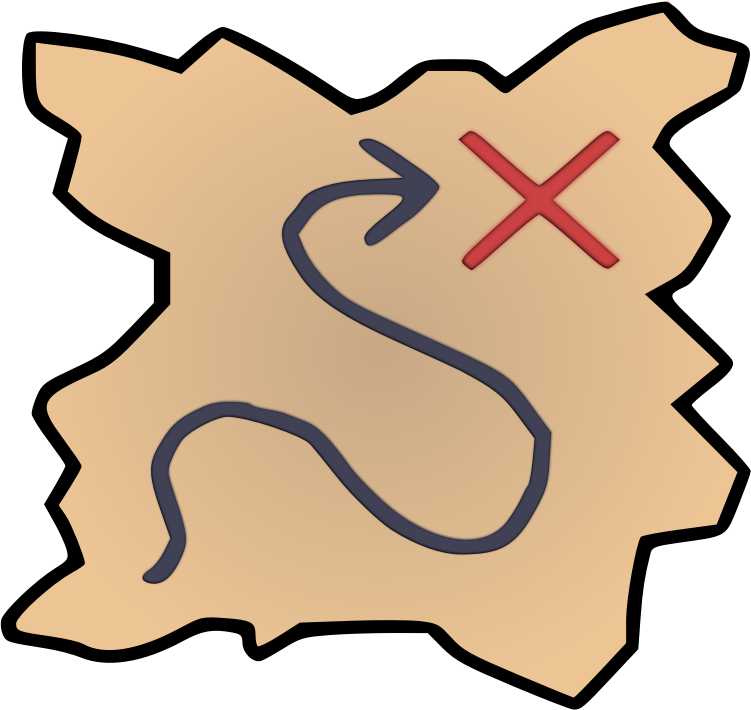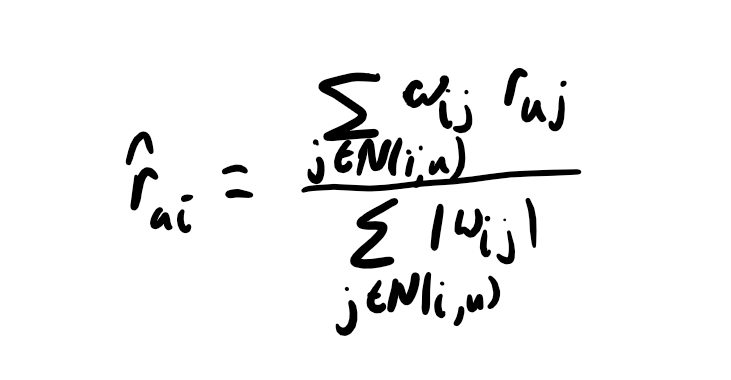Author Gender in Book Recommendations
I’m very pleased that we will be able to present a piece of research we have been working on for some time now at RecSys this year.
In my work on fair recommendation, one of the key questions I want to unravel is how recommender systems interact with issues of representation among content creators. As we work, as a society, to improve representation of historically underrepresented groups — women, racial minories, indigenous peoples, gender minorities, etc. — will recommender systems hinder those efforts? Will ‘get recommended to potential audiences’ be yet another roadblock in the path of authors from disadvantaged groups, or might the recommender aid in the process of exposing new creators to the audiences that will appreciate their work and make them thrive?
In this paper, we (myself, my students Mucun Tian and Imran Kazi, and my colleagues Hoda Mehrpouyan and Daniel Kluver) present our first results on this problem. This work, along with our work on recommender evaluation errors, formed the key preliminary results for my NSF CAREER proposal.
This paper has a few firsts for me. It’s my first fully-Bayesian paper, and is also the first time I have been able to provide complete code to reproduce the experiments and analysis with the manuscript submission.

